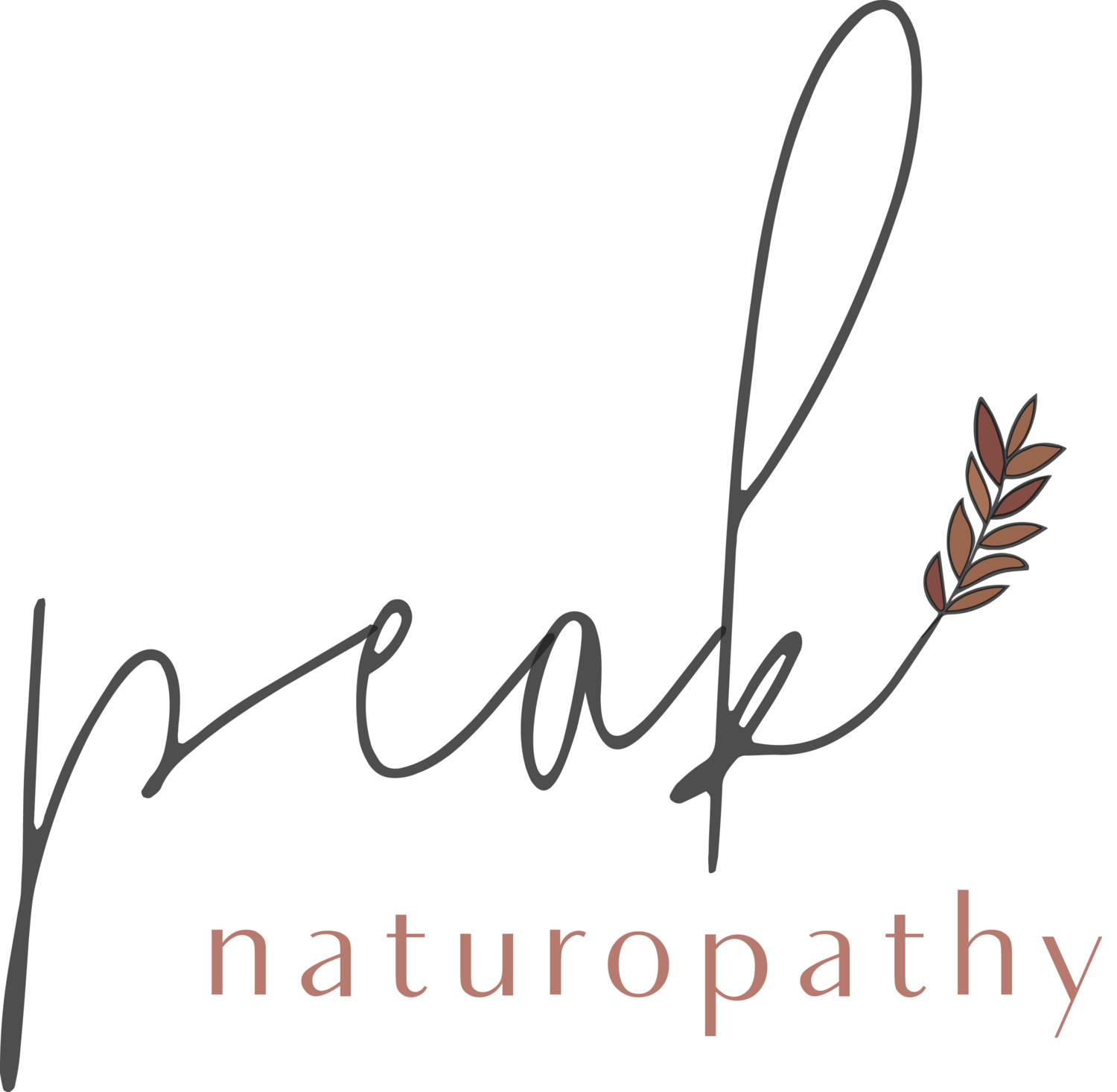The Relationship Between Hashimoto’s Disease and Histamine Intolerance
Histamine intolerance is often associated with Hashimoto’s disease along with other autoimmune or inflammatory conditions. It presents in a myriad of signs and symptoms and can therefore be difficult to identify. However, if you suffer from Hashimoto’s disease then there is a chance that you may have it. Keep reading to learn more about what histamine and histamine intolerance is, the symptoms to look out for, the relationship between histamine intolerance and Hashimoto’s disease and an insight into treatment options.
What is histamine?
Histamine is a mediator released by certain immune cells, namely mast cells, in response to allergic and inflammatory reactions or injury. Additionally, histamine can be high in certain foods. It is pro-inflammatory which means it can contribute to inflammation. A little bit of histamine is considered beneficial as it is part of the healing process; however, too much histamine can become problematic.
What is histamine intolerance?
Histamine intolerance occurs when the body’s ability to metabolise histamine is impaired, leading to accumulated histamine in the body from exogenous (food) or endogenous (mast cells) sources [1]. Histamine is broken down and metabolised by the diamine oxidase (DAO) enzyme. Often the activity of this enzyme is reduced in histamine intolerance, similarly to those with lactose intolerance [1, 2].
What are the symptoms of histamine intolerance?
Nasal congestion
Nasal discharge – thin and clear
Sneezing
Breathing discomfort
Asthma
Bloating
Flatulence
Diarrhoea or constipation
Abdominal pain
Nausea
Headache
Dizziness
Flushing
Eczema
Swelling
Redness
Itchiness
Heart palpitations
[1]
How is Hashimoto’s disease connected to histamine intolerance?
Hashimoto’s disease and histamine intolerance have a bidirectional relationship meaning that histamine intolerance can affect thyroid function and compromised thyroid function can contribute to histamine intolerance.
Research suggests that immune cells can make and store thyroid hormones and that the quantity of mast cells are increased in Hashimoto’s disease [3, 4]. Thus, there is a higher chance of histamine being oversecreted due to a higher number of mast cells. There is also evidence to suggest that mast cells can reduce T3 production in autoimmune thyroid disease, leading to hypothyroidism [5]. Thyroid antibodies can activate mast cells by binding to their receptors. This will trigger the release of histamine, contributing to overall total within the body [6].
Treatment
Numerous foods can be problematic in those suffering from histamine intolerance as histamine is found in various foods. The risk of experiencing symptoms increases in those with compromised mucosal lining in the gastrointestinal system and an overgrowth of unfavourable microbes, often present in Hashimoto’s disease [7, 8]. Treatment involves reducing high histamine foods and foods/substances that block the DAO enzyme whilst working to repaire the health of the gastrointestinal tract.
DAO enzyme blocking foods and substances include alcohol, coffee, tea and some over-the-counter medications [2]. Whilst high histamine foods include fermented foods (vinegar, sauerkraut, kombucha, kimchi, wine, beer, cider, yogurt), aged meats (bacon, ham, canned meat/fish, smoked fish, bone broths), bread, pastry, cereals, tomatoes, spinach, egg plant, chocolate [2]. There are many more histamine containing foods to be mindful of; however, that will be on a case-by-case basis and is important to speak to your healthcare professional.
Histamine intolerance is becoming a worldwide problem, especially in those with autoimmune thyroid disease. If you experience any of the symptoms discussed or if this blog resonated with you, I’d love to hear from you.
Yours in health and happiness,
Ebony x
References:
[1] Comas-Basté, O., Sánchez-Pérez, S., Veciana-Nogués, M. T., Latorre-Moratalla, M., & Vidal-Carou, M. (2020). Histamine Intolerance: The Current State of the Art. Biomolecules, 10(8), 1181. https://doi.org/10.3390/biom10081181
[2] Hrubisko, M., Danis, R., Huorka, M., & Wawruch, M. (2021). Histamine intolerance - The more we know the less we know. A review. Nutrients, 13(7), 2228. https://doi.org/10.3390/nu13072228
[3] Thangam, E. B., Jemima, E. A., Singh, H., Baig, M. S., Khan, M., Mathias, C. B., Church, M. K., & Saluja, R. (2018). The role of histamine and histamine receptors in mast cell-mediated allergy and inflammation: The hunt for new therapeutic targets. Frontiers in immunology, 9, 1873. https://doi.org/10.3389/fimmu.2018.01873
[4] Siebler, T., Robson, H., Bromley, M., Stevens, D. A., Shalet, S. M., & Williams, G. R. (2002). Thyroid status affects number and localization of thyroid hormone receptor expressing mast cells in bone marrow. Bone, 30(1), 259-266. https://doi.org/10.1016/S8756-3282(01)00631-7
[5] Costela-Ruiz, V. J., Illescas-Montes, R., Pavón-Martínez, R., Ruiz, C., & Melguizo-Rodríguez, L. (2018). Role of mast cells in autoimmunity. Life sciences, 209, 52–56. https://doi.org/10.1016/j.lfs.2018.07.051
[6] Landucci, E., Laurino, A., Cinci, L., Gencarelli, M., & Raimondi, L. (2019). Thyroid hormone, thyroid hormone metabolites and mast cells: A less explored issue. Frontiers in cellular neuroscience, 13, 79. https://doi.org/10.3389/fncel.2019.00079
[7] Schnedl, W. J., & Enko, D. (2021). Histamine intolerance originates in the gut. Nutrients, 13(4), 1262. https://doi.org/10.3390/nu13041262
[8] Knezevic, J., Starchl, C., Tmava Berisha, A., & Amrein, K. (2020). Thyroid-Gut-Axis: How Does the Microbiota Influence Thyroid Function? Nutrients, 12(6), 1769. https://doi.org/10.3390/nu12061769
